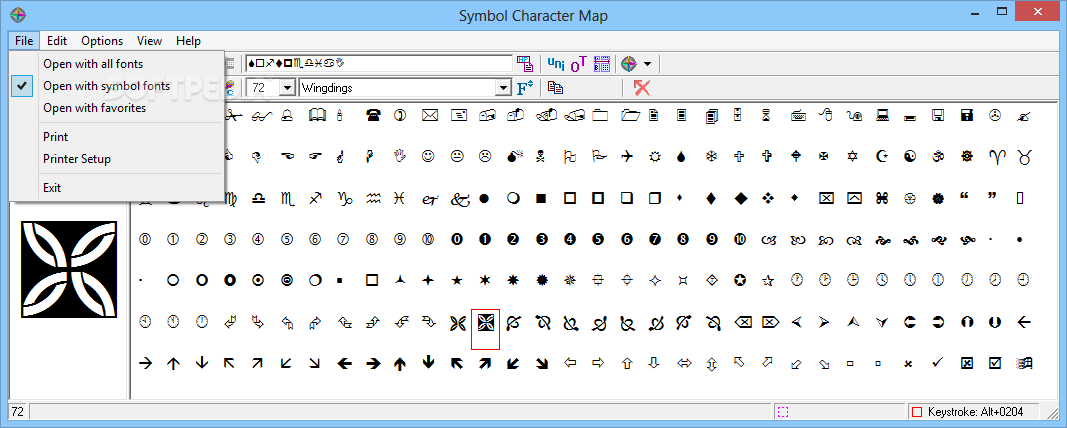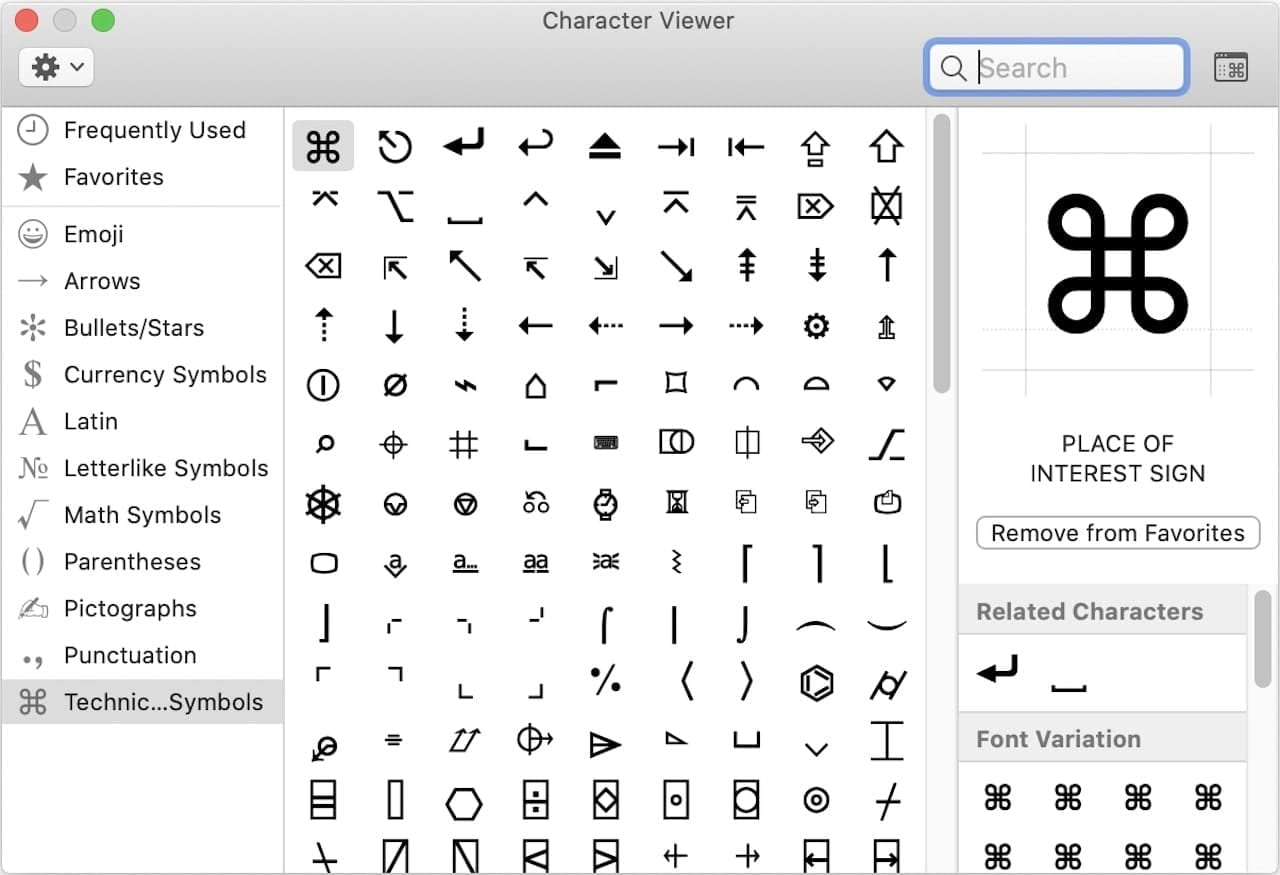
View all the fonts families installed on your device, and import your own - View all the different font faces in a family - View all the Characters in a font face, along with typographic variants. Select your text and delete the letter you would like to replace with a glyph.ġ1- Once the letter is deleted, press Ctrl V to paste the Glyph you copied from the Character Map app onto your Text.ġ2- Repeat the process to add any more Glyphs in your text.Below I have added an "s" glyph and a "t" glyph also. A modern, native UWP replacement for the Win32 Character Map and Windows Font Viewer with flawless high DPI and touch support. then click Copy (2).ġ0-Click back onto your workspace. When you click on the glyph a little pop-up will come and you can see the glyph more clearly.ĩ- When you are happy with your choice, click Select (1). Scroll through the glyphs and select the one you would like to use. Scroll down and select Private Use Characters.Ĩ- You will see all the gylphs appear in the Character Map window. Then in the Group by drop-down box, select Unicode Sub-range (2).ħ-A new window will appear. I am using Silhouette Studio, but the following procedure to use the Character Map app to access your Glyphs will be the same in most programs.ģ-Select the font in yourtext/font drop-down box.Ĥ- When your text is in the correct font, open up the Character Map app/program.ĥ- In the top drop-down box select your font.Ħ-Ensure that the Advance View is selected (1). Position:=Selection.Sections(1).PageSetup.TextColumns(1).Ensure that your file has been downloaded and unzipped to use.ġ- Open the program you want to use.

Print sample font lists to have handy while working with graphics applications. Able to preview fonts in many ways including sample text, comparison list, and large character map.

Selection.HomeKey Unit:=wdStory, Extend:=True Font Viewer helps you find the right font for your needs. With Selection.Sections(1).PageSetup.TextColumns Word.StatusBar = "Generating Font Index." Selection.MoveLeft Unit:=wdCharacter, Count:=1 Well, when I copy and paste it, it shows up on my text line although, when I press 'enter', it doesnt show up on my screen. The Ariel font has the character number/hotkey of ALT-0176 which I understand is the right number. By double-clicking characters in the grid, they are copied to the text box at the bottom of the window, from where they can be copied and. Been trying to use the degree character from my character map. An enlarged view of any character can be shown.

Selection.InsertBreak Type:=wdSectionBreakNextPage Unicode Font Viewer runs under Windows 9x, Windows NT 4 and Windows 2000, and allows you to display the Unicode 2.1 characters from any TrueType Unicode font. Selection.TypeText "abcdefghijklmnopqrstuvwxyz" & Chr(11) Selection.TypeText "ABCDEFGHIJKLMNOPQRSTUVWXYZ" & Chr(11) Word.StatusBar = "Generating Font Catalog." Going through some of my old emails I found a macro I've sent to a friend of mine containing exactly this. I knew I had done something like this before.

I've made something like that a long time ago.


 0 kommentar(er)
0 kommentar(er)
